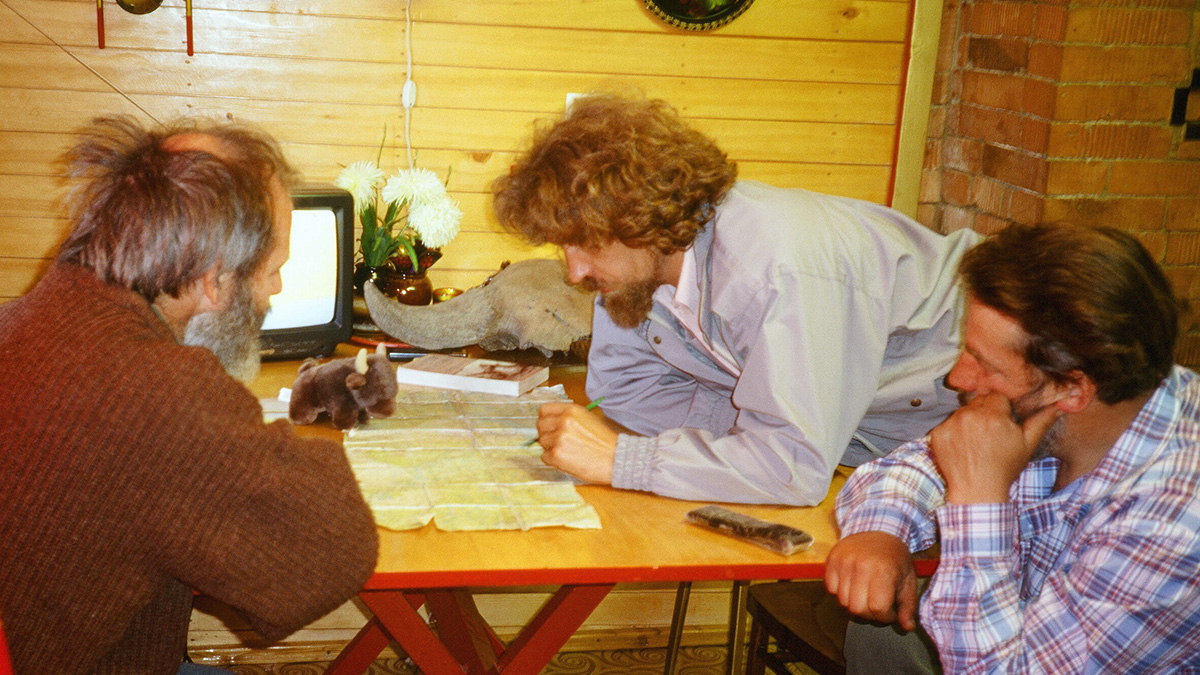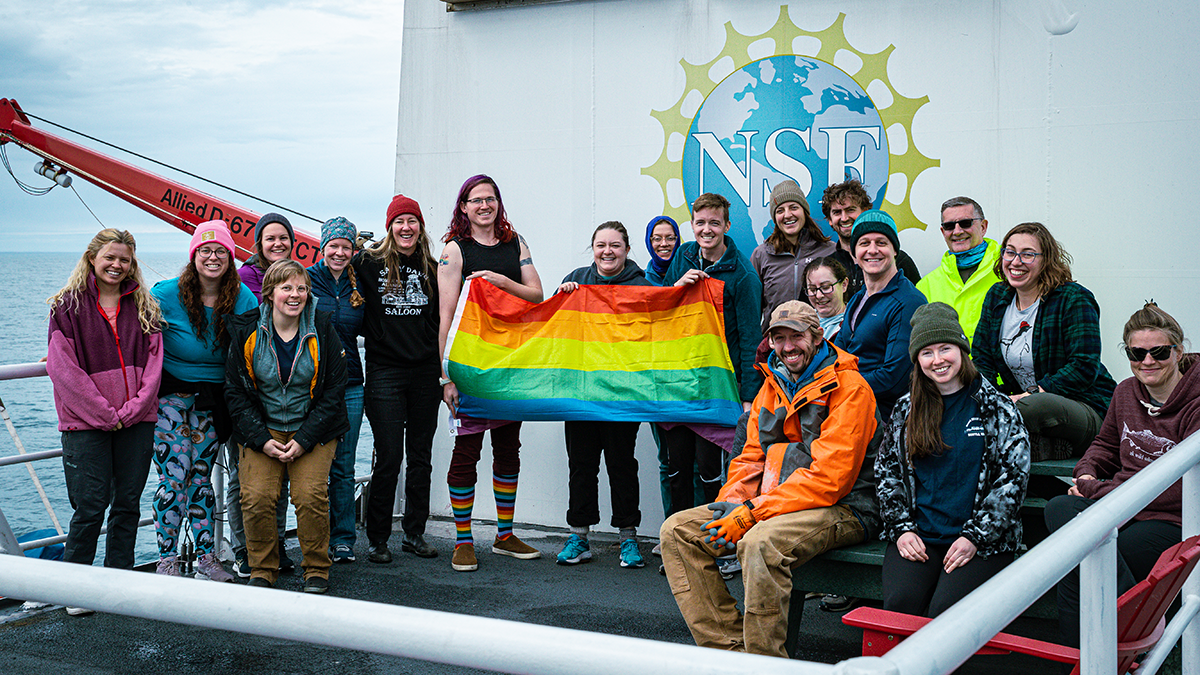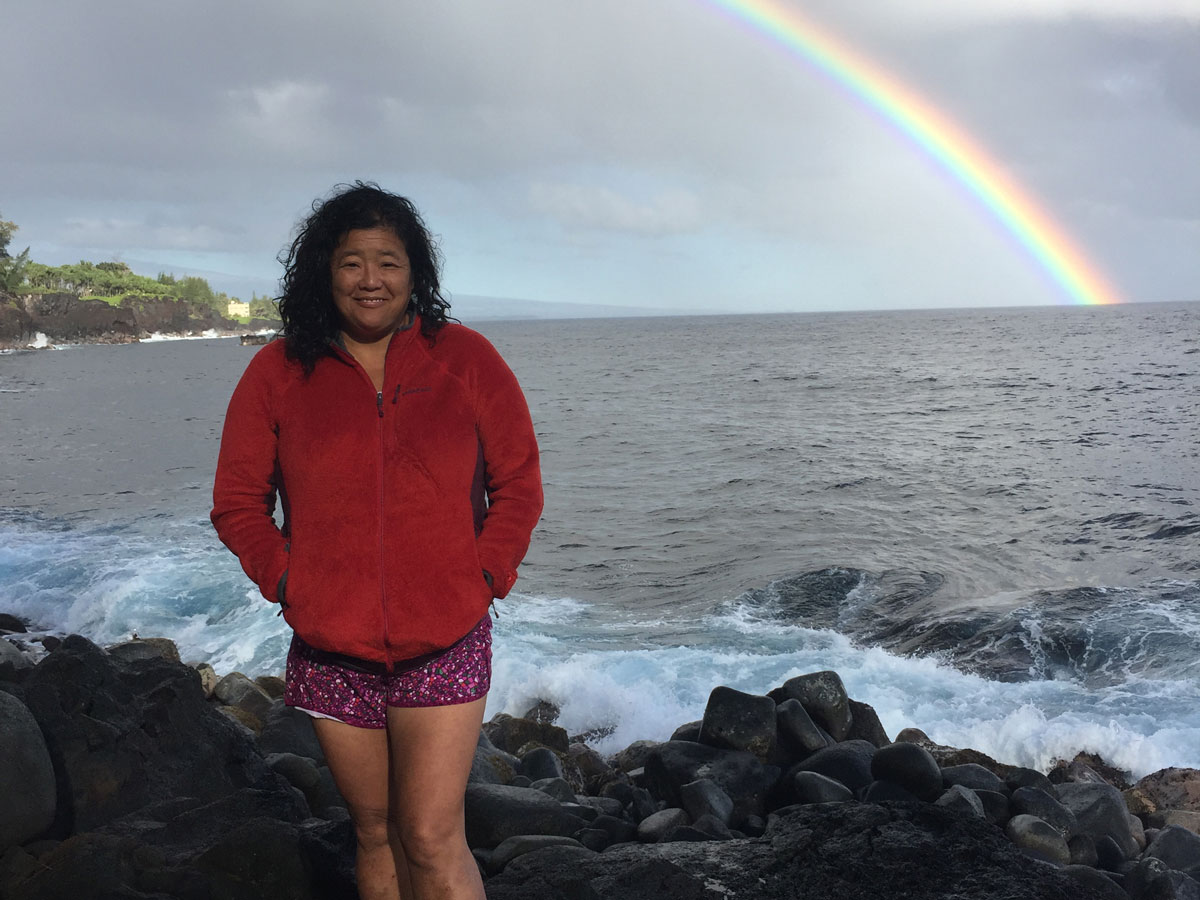“Прекрасные долгие споры” между американским ученым и российским исследователем помогли прояснить несколько фундаментальных предположений о таянии вечной мерзлоты.
fieldwork
Fair Seas for All
Work at sea is key to our science, but, too often, transgender and gender-diverse scientists face obstacles and harassment that make field research a trial. A few simple steps can make things more inclusive.
Hig Higman: Trekking Across the Last Frontier on the Hunt for Geohazards
Higman specializes in human-powered research expeditions in Alaska’s epic landscape.
Eiko Kitao: Fossil Hunter and Passionate Educator
From uncovering giant ground sloths to helping build a fossil database, Kitao goes above and beyond as a laboratory technician at Santa Barbara City College.
Jen Walton: Chaser of Storms and Lava
Walton founded Girls Who Chase to promote women in STEM.
Into the Wild Blue Yonder
Fieldwork takes scientists from the eye of a hurricane to the depths of the sea.
Hunting Hurricanes
NOAA’s Hurricane Hunters risk their lives each time they fly into the eye of a storm to collect crucial data for forecasting, hurricane modeling, and research.
Harpy Eagles Concentrate Precious Nutrients in the Amazon
Amazon soils are usually low in the nutrients that plants covet, but harpy eagles can create local hot spots with their poop and prey.
Dating the World’s Tallest Trees
Scientists analyzed more than 1.2 million trees to assemble chronologies of annually dated rings, which will inform fields ranging from climate science to seismology.
Hunting for Methane Hot Spots at the Top of the World
A visit to an Alaskan wetland with some of the world’s highest lake marsh methane emissions brings scientists one step closer to understanding the phenomenon.










